Regulatory Compliance
Regulatory compliance plays a pivotal role in shaping the Automotive Auxiliary Brake Market. Governments worldwide are implementing stringent safety regulations that mandate the inclusion of advanced braking systems in vehicles. These regulations are designed to reduce accident rates and enhance overall road safety. For example, the introduction of new standards for braking performance has compelled manufacturers to innovate and improve their auxiliary brake systems. As a result, the market is witnessing an increase in the adoption of auxiliary brakes that meet or exceed these regulatory requirements. By 2025, it is anticipated that compliance with these regulations will drive a significant portion of market growth, as manufacturers invest in research and development to create systems that not only comply but also offer superior performance. This regulatory landscape is likely to foster a competitive environment, pushing companies to enhance their product offerings.
Technological Advancements
The Automotive Auxiliary Brake Market is experiencing a surge in technological advancements that enhance braking efficiency and safety. Innovations such as electronic braking systems and advanced materials are being integrated into auxiliary brake systems, improving their performance. For instance, the adoption of regenerative braking technology not only aids in vehicle deceleration but also contributes to energy efficiency. As of 2025, the market is projected to grow at a compound annual growth rate of approximately 5.2%, driven by these technological improvements. Furthermore, the integration of smart technologies, such as vehicle-to-vehicle communication, is likely to revolutionize the way auxiliary brakes function, making them more responsive and reliable. This trend indicates a shift towards more sophisticated braking solutions that align with the evolving demands of the automotive sector.
Increased Vehicle Production
The Automotive Auxiliary Brake Market is poised for growth due to the increase in vehicle production across various segments. As automotive manufacturers ramp up production to meet rising consumer demand, the need for efficient and reliable braking systems becomes paramount. In 2025, it is projected that global vehicle production will reach approximately 90 million units, creating a substantial demand for auxiliary brake systems. This increase in production is likely to drive innovation and competition among manufacturers, as they seek to develop advanced braking solutions that cater to a diverse range of vehicles, from passenger cars to commercial trucks. Additionally, the expansion of electric and hybrid vehicles is expected to further boost the market, as these vehicles often require specialized auxiliary braking systems to optimize performance and energy efficiency. This trend indicates a robust growth trajectory for the auxiliary brake market.
Consumer Demand for Safety Features
Consumer demand for enhanced safety features is a key driver in the Automotive Auxiliary Brake Market. As awareness of road safety increases, consumers are actively seeking vehicles equipped with advanced braking systems that provide additional safety measures. This trend is reflected in market data, which indicates that vehicles with auxiliary brakes are becoming increasingly popular among safety-conscious buyers. In 2025, it is estimated that nearly 60% of new vehicle sales will include some form of auxiliary braking technology, highlighting the growing preference for safety-oriented features. Manufacturers are responding to this demand by incorporating innovative auxiliary brake systems that not only improve vehicle control but also reduce stopping distances. This shift in consumer preferences is likely to propel the market forward, as companies strive to meet the expectations of safety-focused consumers.
Rising Adoption of Electric Vehicles
The rising adoption of electric vehicles (EVs) is significantly influencing the Automotive Auxiliary Brake Market. As more consumers transition to EVs, the demand for auxiliary braking systems that complement electric drivetrains is increasing. Electric vehicles often utilize regenerative braking systems, which not only enhance braking performance but also improve energy efficiency by converting kinetic energy back into stored energy. By 2025, it is anticipated that the share of electric vehicles in total vehicle sales will exceed 25%, creating a substantial market for specialized auxiliary brake systems. This shift towards electrification is prompting manufacturers to innovate and develop braking solutions tailored to the unique requirements of EVs. Consequently, the auxiliary brake market is likely to experience robust growth as it adapts to the evolving landscape of the automotive industry.


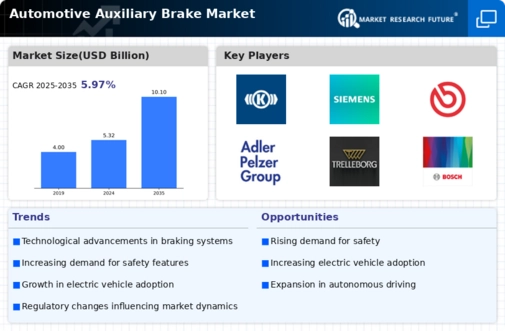
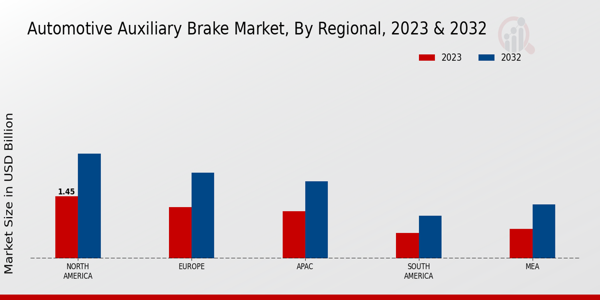
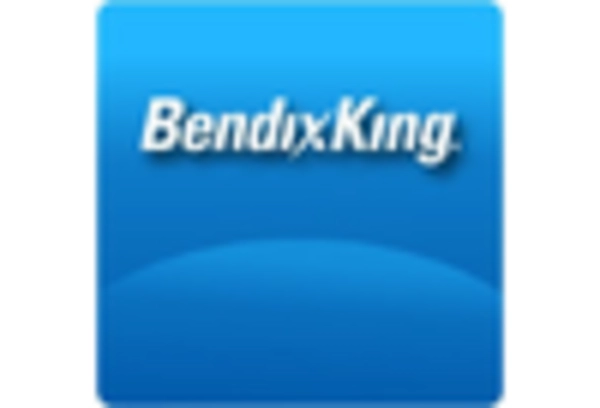
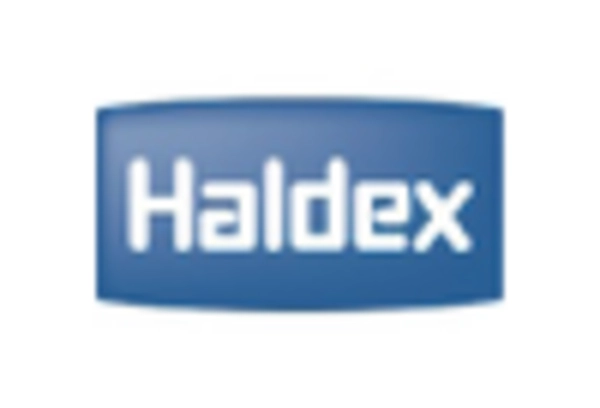
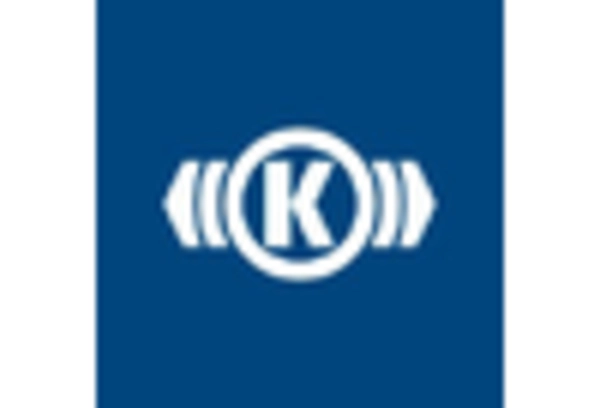

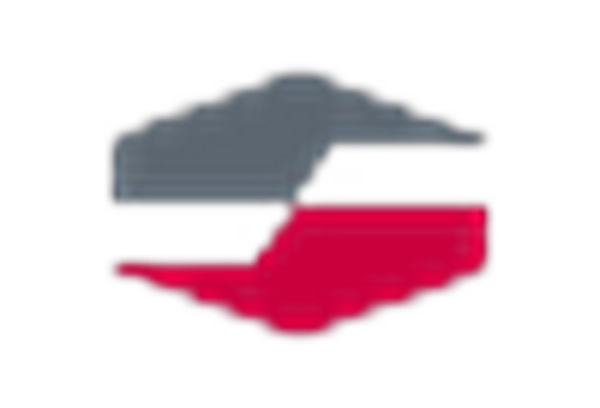
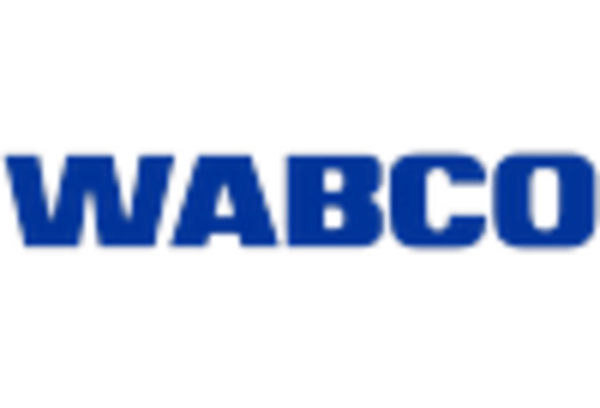








Leave a Comment